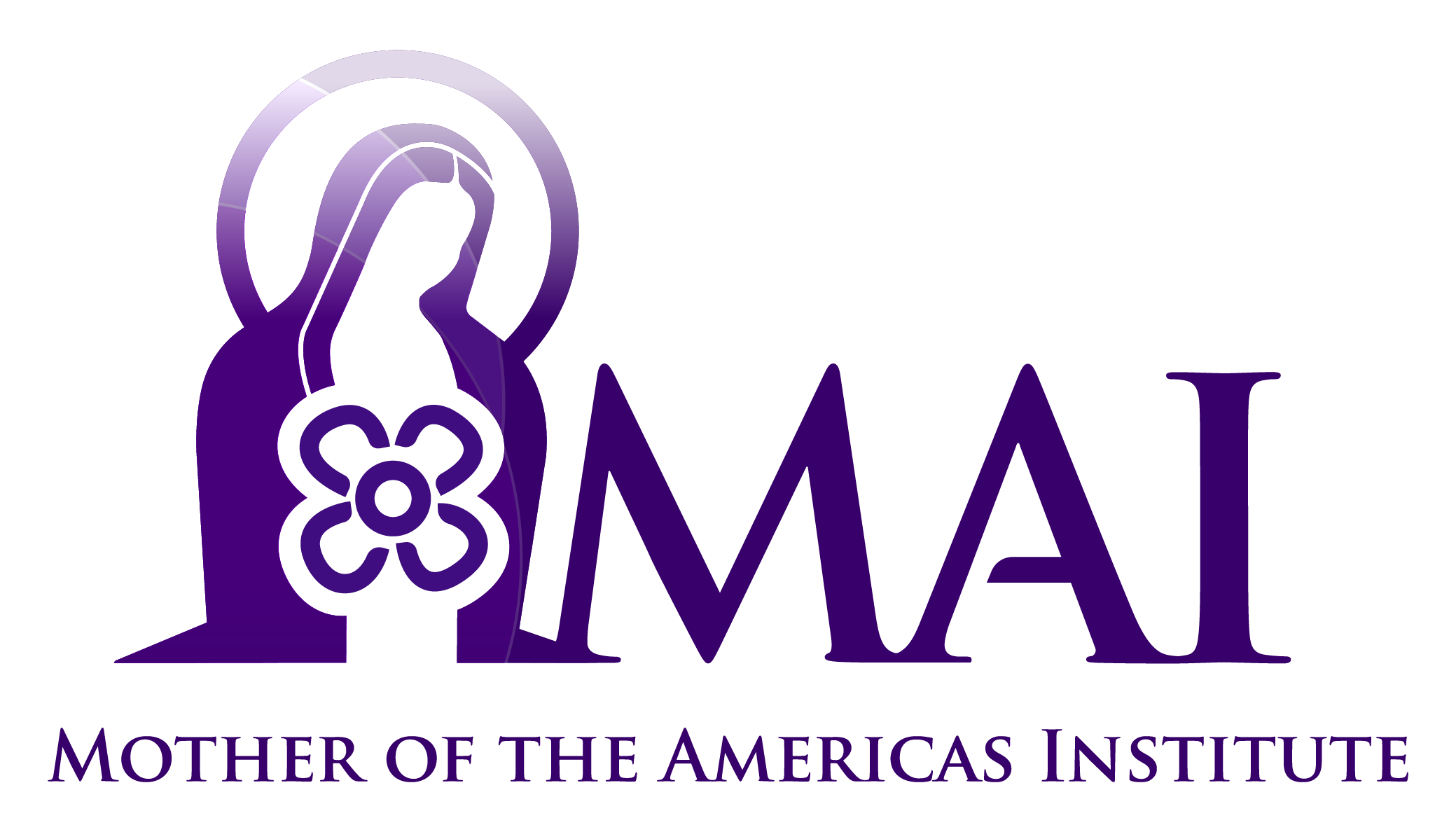The changed circumstances that have given rise to the need for new ardor and new methods also demand new means of expressing the faith. The call for new means of expression was made by Pope St. John XXIII who made it clear in calling the Second Vatican Council that the Council’s principle duty was to defend and promote the truth, but that the Gospel also needed to be addressed to societies which now seem incapable of considering or unwilling to consider traditional formulations of the Gospel. Yet caution is required here. It is not a matter of completely abandoning the traditional concepts, terminology and formulations. St. John Paul II warned against such historicist tendencies of some contemporary theologians who want to set aside traditional expressions as a step toward denying truths that they claim are no longer comprehensible to contemporary sensibilities (see Fides et ratio, 81-99). Nevertheless, there is still a need to listen to and understand the presuppositions, categories of thought and outlooks on life of those to whom we are directing the Good News. This will often mean first presenting the Gospel using new means of expression better able to demonstrate the relevance of the Gospel to such persons before introducing them to traditional expressions.
New means of expression are needed for all stages of evangelization: pre-evangelization, the kerygma and catechesis. These new means within each of the phases must take into consideration the recipient’s particular situation and background, indicating a variety of different approaches should be expected.
Considerations for pre-evangelization are manifold (see The New Evangelization and Pre-evangelization for more on this). Pre-evangelization addresses issues and deconstructs faulty premises of contemporary persons: from atheists, secularists, and adherents of other religions and other Christian traditions, to non-practicing and lukewarm Catholics. An example of one fruitful means of expressing the reality of the transcendent is to be found among the French Catholic phenomenologists. They are demonstrating the existence and relevance of transcendence by considering certain aspects of universal human experience. This loosely associated school includes such names as Jean-Luc Marion, Jean-Yves Lacoste, Emanuel Falque and Jean-Louis Chretien. These developments in phenomenology are well suited for those who do not believe in God or do not consider His existence relevant for daily life. However, the use of phenomenology to get at universal human experience can also be affective for addressing non-Catholics and even Catholics who do not practice the faith or are lukewarm in their practice of it.
The kerygma is also in need of new means of expression. The content of the kerygma is never changing (see The New Evangelization and the Baptismal Catechumenate), yet today many have been habituated to reacting negatively to any proposals of faith. Secularism has conditioned many to respond to the Gospel with suspicion and incredulity. Scientism (the presupposition that only the empirical sciences have access to the truth, while every other claim of truth is put in the category of opinion) leads others to dismiss proposals about Jesus Christ as fantasy. Historicism has led to claims that no one can really know anything about Jesus Christ except for the myths (by which they mean unhistorical, fabricated fables) that have been maintained in Scripture. Moreover, since the 19th century some Christians have attempted to “demythologize” the Gospel, by which they mean to eliminate any suggestions of the supernatural in order “to inoculate” Christianity against counterclaims of science. While many of these issues should first be addressed in pre-evangelization, a habit of mind does not change immediately, and this must be taken into account in the kerygma, the initial proclamation. Again, the purpose of the kerygma is to bring the hearer into a personal encounter with Jesus Christ in order to permit him to fall in love with Him and to commit himself to being His disciple.
In addition to phenomenology, research into the compelling nature of mythopoeic literary types promises to be a fruitful area for application to the initial proclamation of the Gospel. J. R. R. Tolkien was instrumental in C. S. Lewis’s conversion from atheism to Christianity. Lewis was very much attracted to mythopoeic literature. Tolkien pointed out to Lewis the reason for his attraction is that it reached his deepest human longings, and that it made sense that these mythopoeic stories would find their fulfillment in the Gospel, which is a true myth. Lewis would study the phenomenology of myth in later works, such as An Experiment in Criticism (1961). Indeed, the literary works of many Inklings, a literary group of Christian fiction writers organized by Tolkien and Lewis, were noted for their mythopoeic character. This is an area of research relevant to the development of more effective means of expressing the kerygma to a variety of audiences because it promises to help us better understand which elements of mythopoeic literature and the Gospel are most compelling and so how better to proclaim the Gospel to contemporary minds.
In conjunction with a kerygma that emphasizes the aspects of mythopoeic phenomena rendering it more compelling, it must also be imbued with the character of a personal encounter with Jesus Christ. Moreover, this encounter must present the hearer with an invitation to conversion and to embrace a life of discipleship. In developing newer means of expressing the kerygma, one must keep in mind the tendency to reduce faith to the intellectual assent to a set of propositions. Of course, this is an aspect of conversion, but if the faith remains solely at the level of intellectual consent, it remains abstract, and the new convert runs the great risk of never maturing beyond an abstract faith. Such a faith is easy to keep at a distance from the rest of one’s life, keeping him from arriving at a point of decision to commit fully to discipleship or not.
New means of expressing catechesis are also needed. Catechesis has long suffered from the two extremes of the deductive and inductive approaches. The former is often defined as the rote memorization of the faith (which is said to have been the method of the Baltimore Catechism). This approach began to be supplanted among Catholic catechists in the 1950s, and by the 1970s, it was almost completely replaced by the inductive method. This method replaced explicit content with a vague, content-less “experience” of the faith, and is one important reason for the poorly catechized later baby boomer Catholics. While the content of catechesis has, in general, improved greatly since the 1960s and 1970s, it still suffers from a variety of difficulties, leaving it still broadly ineffective.
Catechesis, as we have said, is for disciples. Catechesis given to those who have not radically committed themselves to discipleship will be ineffective. Yet there are other difficulties. Catechesis must be systematic and comprehensive. In order to systematize the faith, it necessarily must become abstract. This abstractness can foster a detached appropriation of the faith because the abstract presentation tends to suppress the catechumen's continuing attention to each new aspect of the faith being presented being an ongoing personal engagement with Jesus Christ and a personal invitation to deeper conversion.
Moreover, the systematic nature of catechesis also leads to a fragmented understanding of the faith for those being catechized. The multilevel connections among the Trinity, creation, salvation history, the Incarnation, the Paschal Mystery, the Church and the Sacraments, the moral life and social teaching are lost. The faith appears as a disconnected potpourri of teachings with the result that its impact on daily life is diminished or even lost. What are needed are means of presenting catechesis that retain a kerygmatic, personal character, that show the integrated nature of the manifold aspects of the faith, that make clear the relevance of faith to daily life and that lead the catechized to respond through a life of continued conversion. Some especially helpful areas of theological research for developing new means of expressing catechesis come from the Communio school, particularly those based upon the nuptial mystery. Pope Benedict XVI’s Covenant and Communion theology and Saint John Paul II’s Theology of the Body are two examples from this school. Benedict’s approach emphasizes the faith as a response to man’s need for communion, while St. John Paul II’s approach begins with one of today’s major areas of confusion as its point of departure, the person as a sexual being. Pope Francis’s approach to the new evangelization brings to the fore, the Church’s social teaching and the poor as a means of evangelization. This research can and must be transformed into effective catechesis.

